Lyme Disease is a tick-borne illness caused by the bacterium Borrelia burgdorferi. While commonly associated with the United States and Europe, cases of Lyme Disease have been reported in South America as well. In this section, we will explore the risks, prevention strategies, and treatment options for Lyme Disease in South America.
Key Takeaways:
- Lyme Disease is a tick-borne illness caused by Borrelia burgdorferi.
- Cases of Lyme Disease have been reported in South America.
- It is important to be aware of the risk factors associated with Lyme Disease, such as spending time in wooded or grassy areas.
- Prevention strategies such as wearing long-sleeved clothing, using insect repellents, and conducting tick checks can help reduce the risk of contracting Lyme Disease.
- Treatment options include antibiotics and a holistic approach combining conventional medicine with complementary and alternative therapies.
- Support groups are available for individuals living with Lyme Disease in South America.
Understanding Lyme Disease: Symptoms and Transmission
Lyme Disease is a tick-borne illness caused by the bacterium Borrelia burgdorferi. The symptoms of Lyme Disease often mimic those of other illnesses, making it difficult to diagnose. However, early diagnosis and treatment are crucial to prevent severe long-term effects.
The symptoms of Lyme Disease include:
| Symptoms | Description |
|---|---|
| Fatigue | Feeling tired and lacking energy |
| Fever | High body temperature above 100.4 F (38 C) |
| Joint pain | Pain and inflammation in joints |
| Muscle aches | Pain and discomfort in muscles |
| Headache | Pain in the head or neck region |
| Swollen lymph nodes | Enlarged and tender lymph nodes |
| Skin rash | A circular red rash that looks like a bullseye at the site of the tick bite |
Lyme Disease is primarily transmitted through the bite of infected ticks. The most common tick in South America is the Ixodes tick, but other tick species can also transmit the disease.
It is essential to take preventive measures to decrease the risk of tick bites, particularly when spending time in wooded or grassy areas. By wearing protective clothing, using insect repellents, conducting thorough tick checks, and creating tick-safe outdoor spaces, individuals can significantly reduce their chances of contracting Lyme Disease.
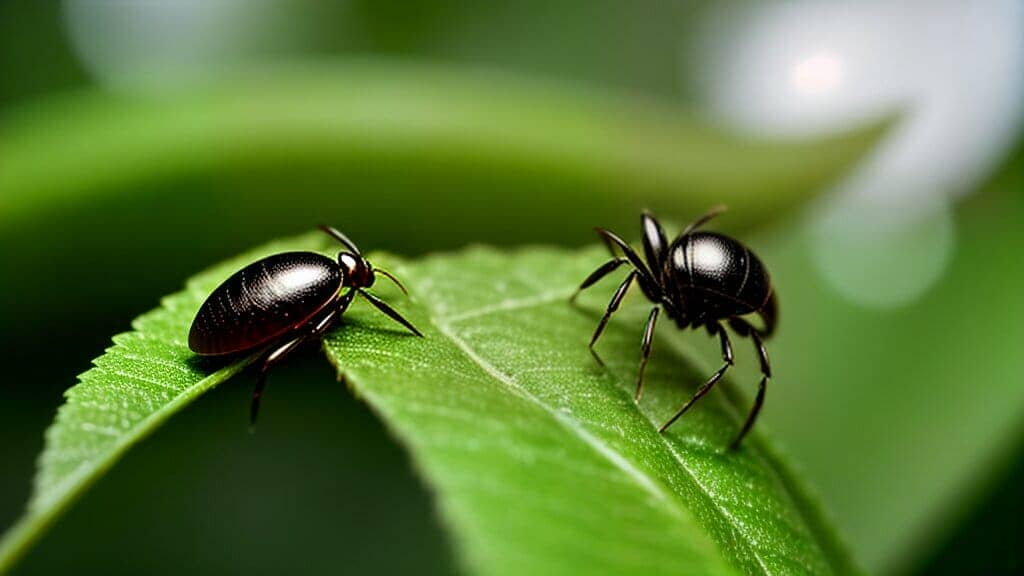
Prevalence of Lyme Disease in South America
Lyme Disease is a tick-borne illness that is prevalent in various regions around the world, including North America, Europe, and Asia. In South America, the disease is not as well-studied, but cases have been reported in several countries. According to recent studies, the prevalence of Lyme Disease in South America is still unclear due to the lack of awareness and limited reporting systems.
| Country | Reported Cases |
|---|---|
| Brazil | Unknown |
| Argentina | Unknown |
| Chile | Unknown |
| Colombia | Unknown |
| Peru | Unknown |
| Uruguay | Unknown |
As shown in the table above, there are no specific statistics on the number of reported Lyme Disease cases in South America. However, it is important to note that this disease is likely underreported due to the lack of awareness and diagnostic tools in the region. Therefore, it is crucial to raise awareness and promote preventive measures to reduce the risk of Lyme Disease in South America.

Image source: seowriting.ai
Risk Factors for Lyme Disease in South America
There are several risk factors associated with contracting Lyme Disease in South America. Individuals who spend time in wooded or grassy areas, especially during the warmer months, are more likely to come into contact with infected ticks. It is important to note that not all ticks carry the Lyme Disease bacteria, but those that do can transmit the disease to humans through their bite.
According to the Centers for Disease Control and Prevention (CDC), other risk factors for Lyme Disease include:
- Not using insect repellent or wearing protective clothing such as long-sleeved shirts and pants.
- Not performing regular tick checks after time spent outdoors.
- Living in or traveling to high-risk areas, such as the Northeastern and Midwestern regions of the United States.
- Not being aware of the signs and symptoms of Lyme Disease, which can delay diagnosis and treatment.
It is important for individuals to take necessary precautions when spending time outdoors and to be aware of the risk factors associated with Lyme Disease. By doing so, they can reduce their chances of contracting the disease and seek timely medical treatment if needed.
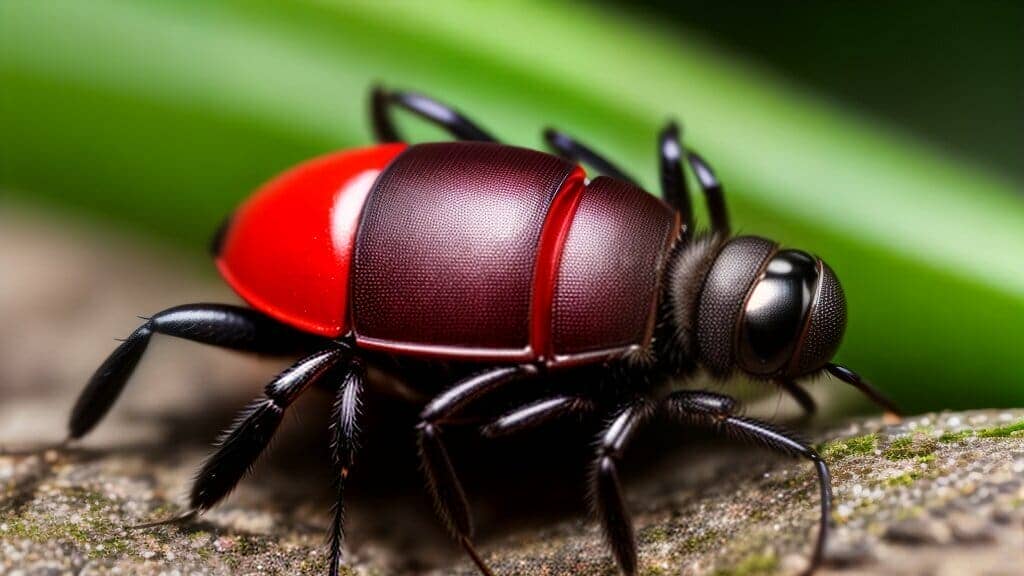
Prevention Strategies for Lyme Disease
Lyme Disease is a serious illness that can have long-lasting effects on an individual’s health. The best way to protect oneself from catching Lyme Disease is by taking preventive measures.
Here are some strategies that can reduce the risk of contracting Lyme Disease:
- Wear long-sleeved clothing and pants when spending time outdoors.
- Use insect repellent containing DEET and apply it to clothing and exposed skin.
- Create a tick-safe outdoor space by keeping grass short and removing leaf litter and brush.
- Conduct a thorough tick check after spending time outdoors, paying particular attention to warm areas of the body such as the armpits, groin, and scalp.
- If a tick is found, use fine-tipped tweezers to grasp the tick as close to the skin’s surface as possible, and pull upward with steady, even pressure.
By following these strategies, individuals can minimize their chances of contracting Lyme Disease. It is also essential to stay informed about the prevalence of Lyme Disease in the area and keep oneself updated on any new prevention strategies.
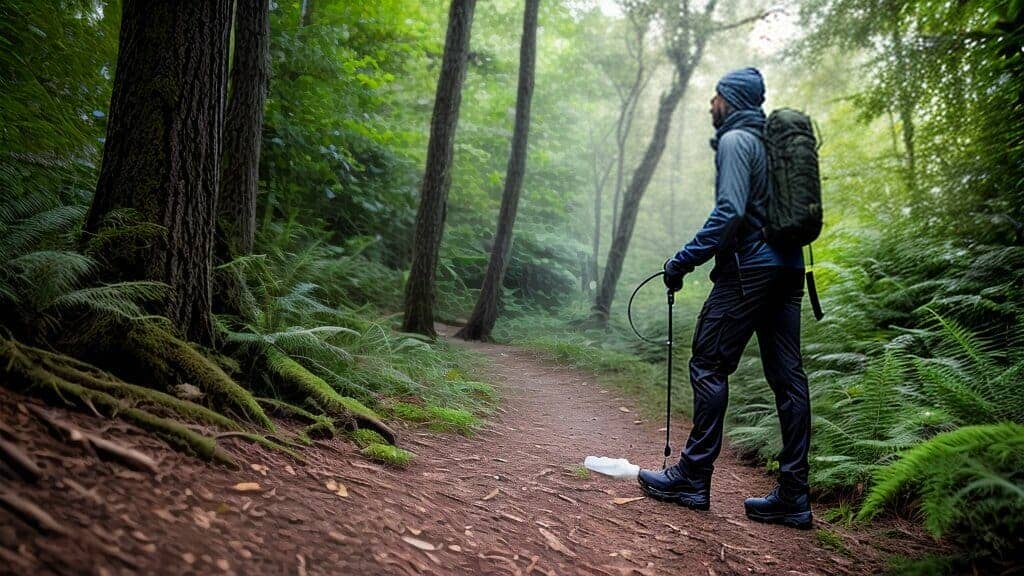
Treatment Options for Lyme Disease
Once a diagnosis of Lyme Disease is confirmed, treatment options will depend on the severity of symptoms. According to the Centers for Disease Control and Prevention (CDC), antibiotics are the primary treatment for Lyme Disease, and they are effective in most cases, especially if treatment is administered early.
Antibiotics such as doxycycline, amoxicillin, and cefuroxime axetil are commonly prescribed by healthcare professionals to treat Lyme Disease. These antibiotics work by killing the bacteria responsible for the infection. Most individuals respond well to antibiotics and experience significant improvement in symptoms within a few weeks.
However, in some cases, individuals may continue to experience symptoms even after completing a course of antibiotics. This condition is known as Post-Treatment Lyme Disease Syndrome (PTLDS) and can cause fatigue, joint pain, and difficulty concentrating. In such cases, additional treatment may be necessary.
At Oasis Medical Institute in Tijuana, MX, an integrative approach is taken to Lyme Disease treatment. In addition to antibiotic therapy, patients may also receive complementary and alternative therapies, such as acupuncture, nutritional therapy, and mind-body medicine, to address both the physical and emotional aspects of Lyme Disease.
This holistic approach to treatment has been shown to be effective in managing the symptoms of Lyme Disease and improving overall quality of life. Dr. Francisco Contreras MD, medical director of Oasis Medical Institute, is an expert in integrative medicine and is devoted to helping individuals with Lyme Disease achieve optimal health and well-being.

“At Oasis Medical Institute, we take a comprehensive and personalized approach to treating Lyme Disease. Our goal is to address the unique needs of each patient and provide effective treatment options that promote healing and recovery.”
Oasis Medical Institute: A Holistic Approach to Lyme Disease Treatment
The Oasis Medical Institute is a renowned medical facility in Tijuana, MX, that provides a unique and personalized approach to treating Lyme Disease. The medical director, Dr. Francisco Contreras MD, is a leading figure in the field of integrative medicine and has extensive experience in treating Lyme Disease.
At the Oasis Medical Institute, patients receive a comprehensive evaluation that takes into account their medical history, symptoms, and lifestyle factors. The treatment plan is tailored to the individual needs of each patient and involves a combination of conventional medicine and complementary therapies.
Some of the treatment options offered at the Oasis Medical Institute include:
| Treatment Option | Description |
|---|---|
| Antibiotics | Conventional treatment that is effective in killing bacteria associated with Lyme Disease. |
| IV Nutrient Therapy | Provides essential nutrients directly into the bloodstream to support the body’s natural healing processes. |
| Hyperthermia | Increases body temperature to stimulate the immune system and kill bacteria associated with Lyme Disease. |
| Oxygen Therapy | Increases the amount of oxygen in the body, which promotes healing and reduces inflammation. |
| Herbal Supplements | Uses natural and plant-based remedies to help treat the symptoms of Lyme Disease. |
With this integrative approach to treatment, patients at the Oasis Medical Institute receive comprehensive care that addresses the root cause of their Lyme Disease symptoms. This approach can also reduce the need for long-term antibiotic treatment, which can have negative side effects.
If you or someone you know is interested in learning more about the Lyme Disease treatment program at the Oasis Medical Institute, visit their website or call 866-868-1992 to book a consultation.

Lyme Disease Treatment Program at Oasis Medical Institute
The Lyme Disease treatment program at Oasis Medical Institute is comprehensive, holistic, and personalized to address the unique needs of each patient. The program combines conventional medicine with complementary and alternative therapies to provide patients with the best possible chance of recovery.
At Oasis Medical Institute, patients receive a thorough evaluation to identify the root cause of their symptoms. Treatment plans are then created based on the findings of this evaluation, and may include conventional treatments such as antibiotics as well as a range of complementary therapies such as nutritional therapy and acupuncture.
One of the unique aspects of the Oasis Medical Institute’s Lyme Disease treatment program is the emphasis on integrative medicine. This means that the institute’s medical team works closely with each patient to create a treatment plan that considers all aspects of their health – physical, emotional, and spiritual.
| Treatment Options | Description |
|---|---|
| Conventional medicine | Antibiotics are used to treat the bacterial infection that causes Lyme Disease |
| Nutritional Therapy | Patients receive guidance on a healthy, balanced diet to support their recovery |
| Acupuncture | Acupuncture can be used to help manage pain and improve overall well-being |
| Herbal Medicine | Herbs can be used to support the immune system and aid in recovery |
To learn more about the Lyme Disease treatment program at Oasis Medical Institute and to book a consultation, call 866-868-1992 or visit their website. The Oasis Medical Institute is dedicated to helping patients recover from Lyme Disease and achieve optimal health and well-being.
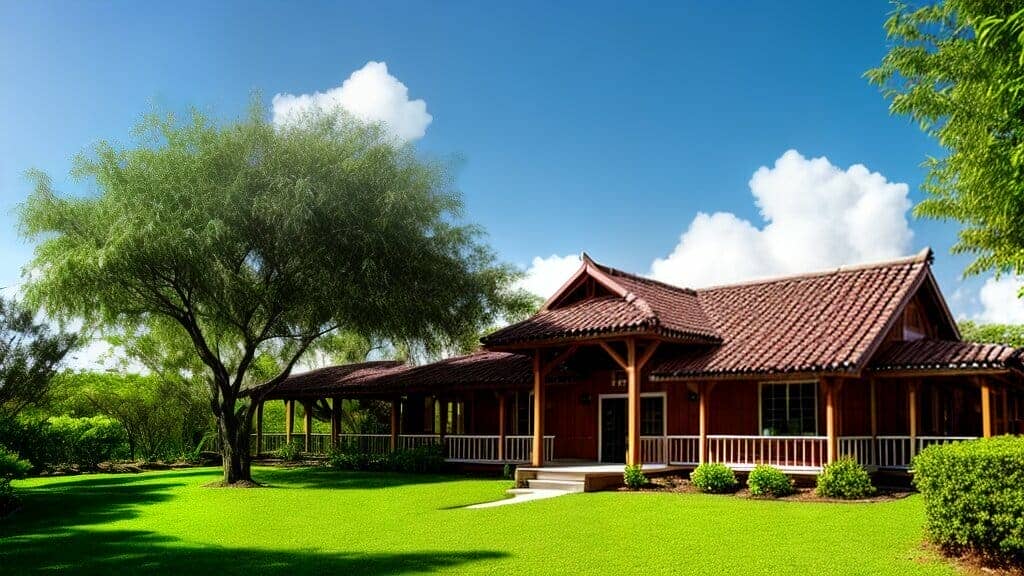
Support Groups for Lyme Disease in South America
Living with Lyme Disease can be challenging, but finding support from others who understand can make a significant difference. South America has several support groups dedicated to helping individuals living with Lyme Disease.
One notable support group is the Lyme Disease Association of Argentina. Founded in 2016, the organization aims to promote awareness and provide support to those affected by Lyme Disease in Argentina. The group also advocates for better diagnosis and treatment options for Lyme Disease in the country.
In Colombia, there is the Asociación Colombiana de la Enfermedad de Lyme (ACEL). The organization was established in 2018 to help improve the diagnosis, treatment, and prevention of Lyme Disease in Colombia. The group provides educational resources and connects individuals with healthcare providers who specialize in Lyme Disease treatment.
The Lyme Disease Foundation of Brazil is another support group working to help those affected by Lyme Disease. The organization is committed to raising awareness of the disease, providing support to patients and their families, and improving diagnosis and treatment options for Lyme Disease in Brazil.
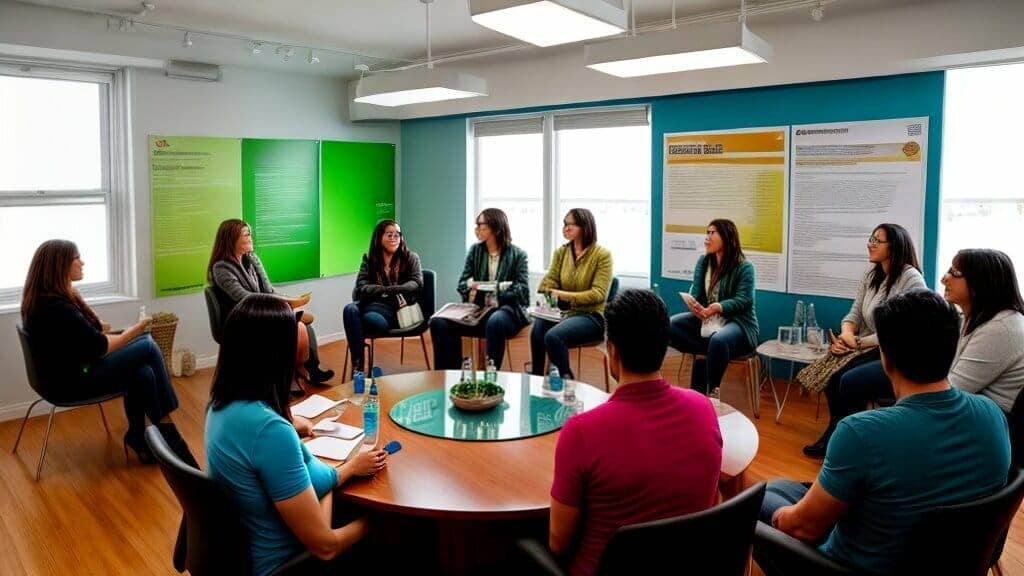
Connecting with others who understand the challenges of living with Lyme Disease can provide the necessary support and resources for people to manage their condition effectively.
Conclusion
In summary, Lyme Disease is a serious issue in South America that requires increased awareness, prevention strategies, and effective treatment options. With the number of cases on the rise, it is essential for individuals to understand the symptoms, prevalence, and risk factors associated with Lyme Disease. By taking proactive measures to minimize their chances of contracting the disease, such as wearing appropriate clothing and conducting thorough tick checks, individuals can reduce their risk of infection.
In the event that someone does contract Lyme Disease, it is crucial to seek proper treatment. Conventional treatments such as antibiotics may be effective, but an integrative approach combining conventional and complementary therapies, as offered by the Oasis Medical Institute in Tijuana, MX, may provide better outcomes. It is also essential for individuals living with Lyme Disease to connect with support groups in South America to find the necessary resources and support.
Overall, Lyme Disease is a complex issue that requires a multifaceted approach. Through increased awareness, prevention strategies, and comprehensive treatment options, individuals can protect their health and well-being in South America.
FAQ
Q: What are the symptoms of Lyme Disease?
A: Symptoms of Lyme Disease can include fatigue, fever, joint pain, and muscle aches.
Q: How is Lyme Disease transmitted?
A: Lyme Disease is primarily transmitted through the bite of infected ticks.
Q: What is the prevalence of Lyme Disease in South America?
A: Lyme Disease is present in South America, with reported cases in certain countries and affected individuals in the region.
Q: What are the risk factors for Lyme Disease in South America?
A: Risk factors for Lyme Disease in South America can include spending time in wooded or grassy areas, lack of protective clothing, and limited awareness of tick-borne diseases.
Q: What are the prevention strategies for Lyme Disease?
A: Prevention strategies for Lyme Disease in South America include wearing long-sleeved clothing, using insect repellents, conducting thorough tick checks, and creating tick-safe outdoor spaces.
Q: What are the treatment options for Lyme Disease?
A: Treatment options for Lyme Disease can include antibiotics and a holistic approach to care.
Q: What is the Oasis Medical Institute and its approach to Lyme Disease treatment?
A: The Oasis Medical Institute in Tijuana, MX, offers an integrative approach to Lyme Disease treatment, combining conventional medicine with complementary and alternative therapies.
Q: What is the Lyme Disease treatment program at Oasis Medical Institute?
A: The Lyme Disease treatment program at Oasis Medical Institute is comprehensive and personalized, addressing the unique needs of each patient. To book a consultation or learn more, call 866-868-1992.
Q: Are there support groups for Lyme Disease in South America?
A: Yes, there are support groups available for individuals living with Lyme Disease in South America. Connecting with others facing similar challenges can provide valuable support and resources.
Dr. Francisco Contreras, MD is a renowned integrative medical physician with over 20 years of dedicated experience in the field of integrative medicine. As the Medical Director of the Oasis of Hope Hospital in Tijuana, Mexico, he has pioneered innovative treatments and integrative approaches that have been recognized globally for the treatment of cancer, Lyme Disease, Mold Toxicity, and chronic disease using alternative treatment modalities. Dr. Contreras holds a medical degree from the Autonomous University of Mexico in Toluca, and speciality in surgical oncology from the University of Vienna in Austria.
Under his visionary leadership, the Oasis of Hope Hospital has emerged as a leading institution, renowned for its innovative treatments and patient-centric approach for treating cancer, Lyme Disease, Mold Toxicity, Long-Haul COVID, and chronic disease. The hospital, under Dr. Contreras's guidance, has successfully treated thousands of patients, many of whom traveled from different parts of the world, seeking the unique and compassionate care the institution offers.
Dr. Contreras has contributed to numerous research papers, articles, and medical journals, solidifying his expertise in the realm of integrative medicine. His commitment to patient care and evidence-based treatments has earned him a reputation for trustworthiness and excellence. Dr. Contreras is frequently invited to speak at international conferences and has been featured on CNN, WMAR2 News, KGUN9 News, Tyent USA, and various others for his groundbreaking work. His dedication to the medical community and his patients is unwavering, making him a leading authority in the field.
Contreras has authored and co-authored several books concerning integrative therapy, cancer, Lyme Disease and heart disease prevention and chronic illness, including "The Art Science of Undermining Cancer", "The Art & Science of Undermining Cancer: Strategies to Slow, Control, Reverse", "Look Younger, Live Longer: 10 Steps to Reverse Aging and Live a Vibrant Life", "The Coming Cancer Cure Your Guide to effective alternative, conventional and integrative therapies", "Hope Medicine & Healing", "Health in the 21st Century: Will Doctors Survive?", "Healthy Heart: An alternative guide to a healthy heart", “The Hope of Living Cancer Free”, “Hope Of Living Long And Well: 10 Steps to look younger, feel better, live longer” “Fighting Cancer 20 Different Ways”, "50 Critical Cancer Answers: Your Personal Battle Plan for Beating Cancer", "To Beat . . . Or Not to Beat?", and “Dismantling Cancer.”






















